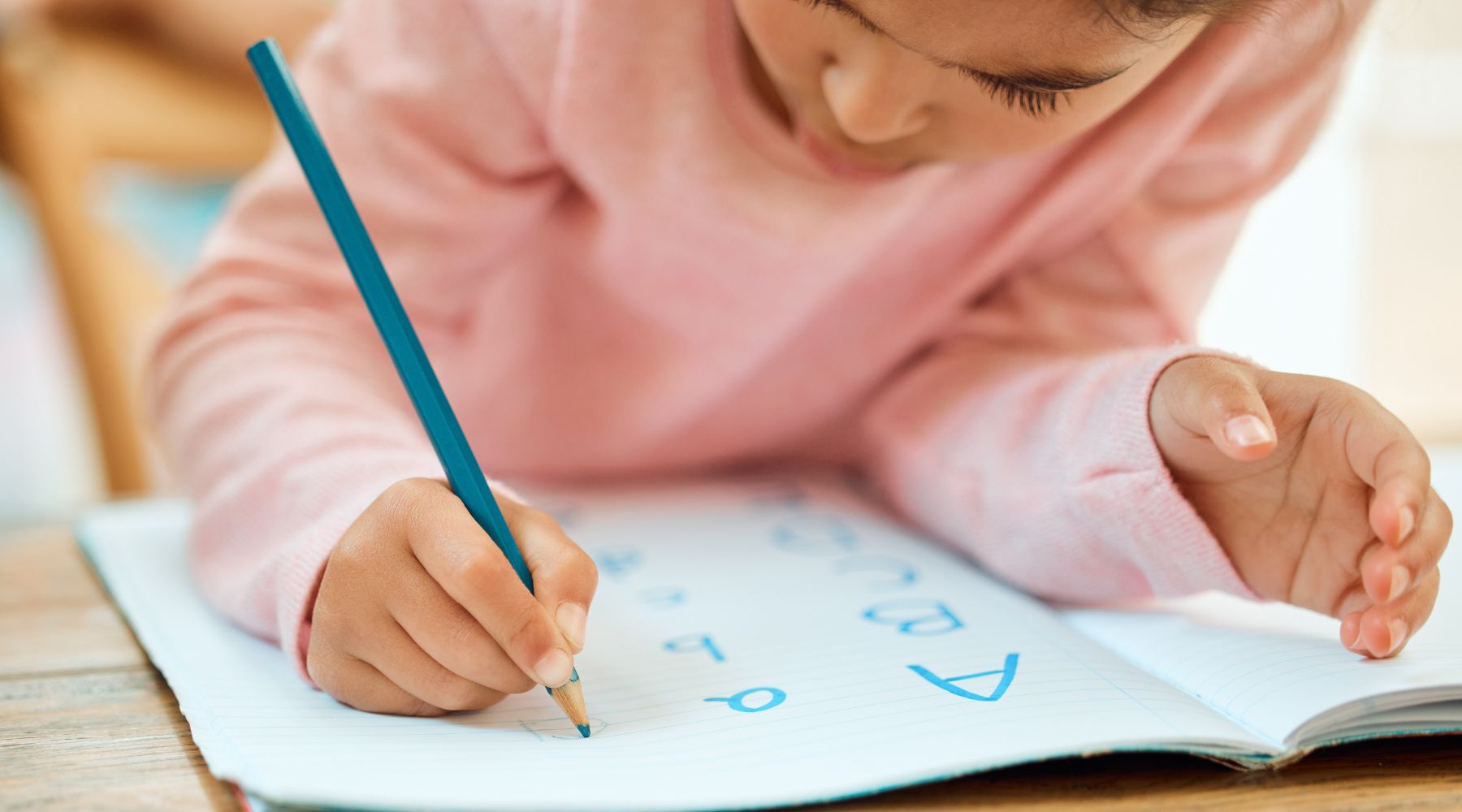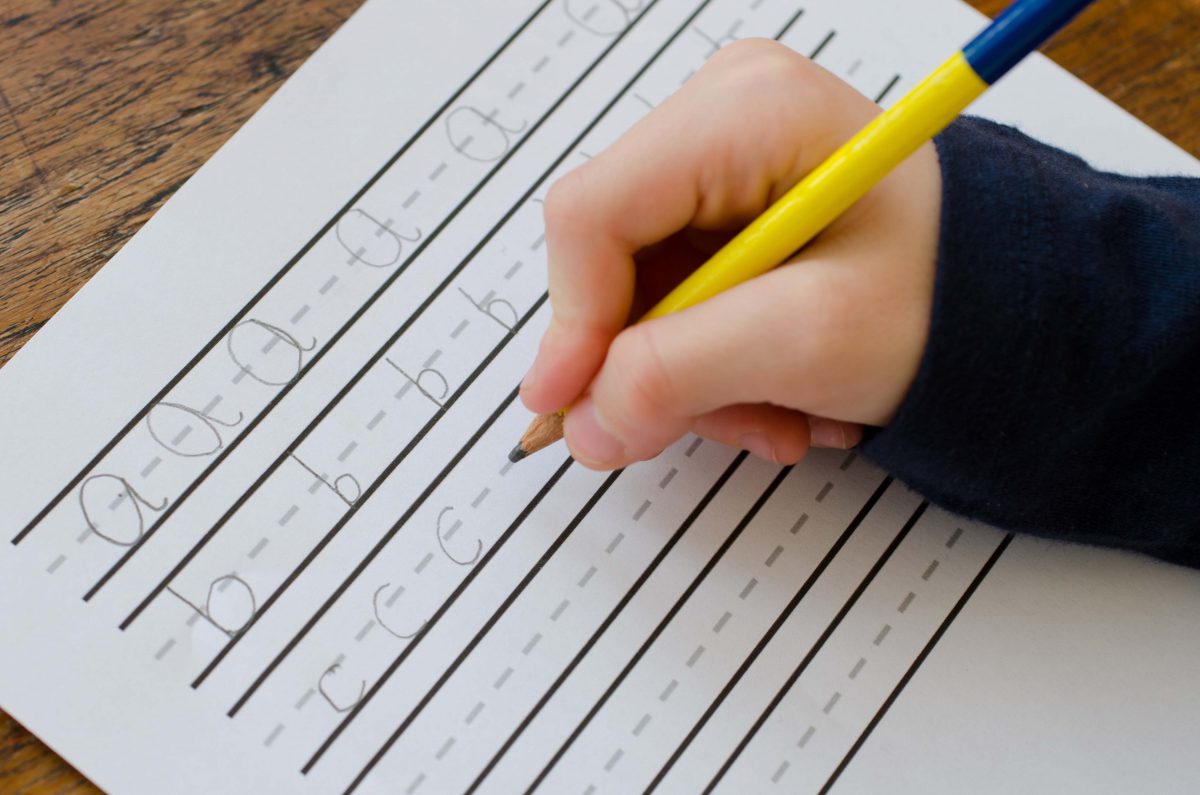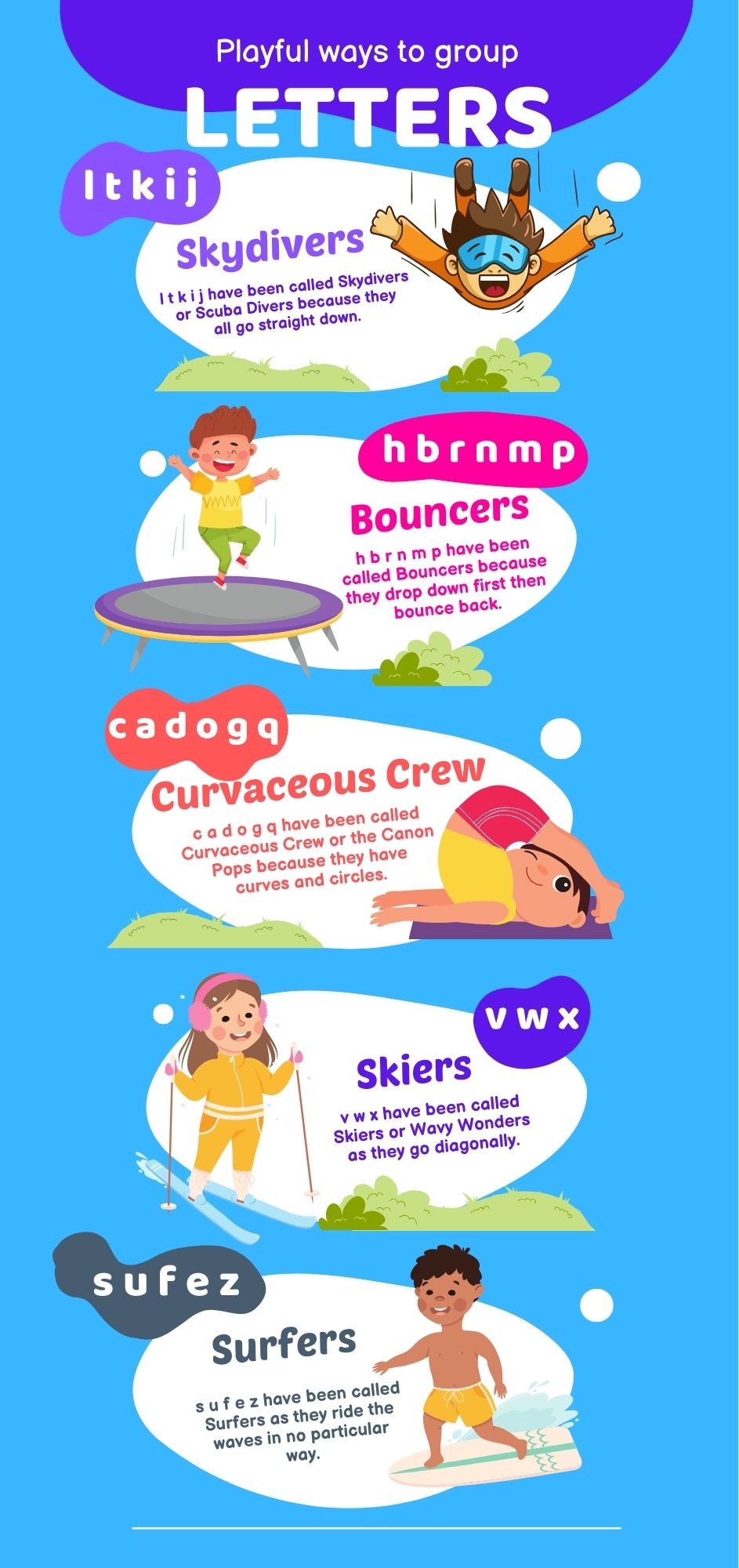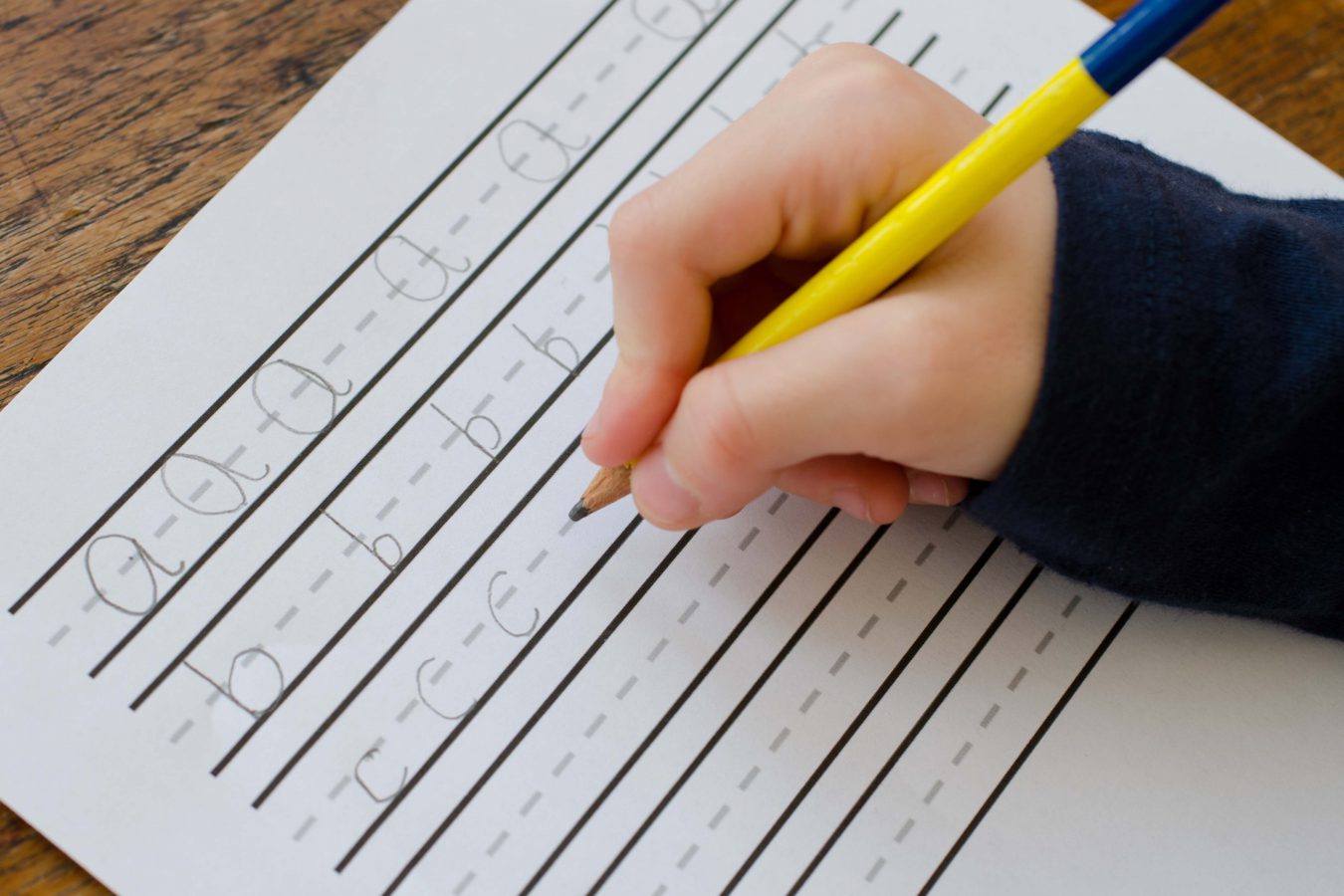
Putting pencil to paper isn't easy for all children. Diane Bourke shares her advice on how parents can encourage children to find the fun in handwriting.
Recently, a friend told me that her 7-year-old son dislikes handwriting. For him, handwriting is too slow for the ideas racing through his head. Besides, when he does manage to get his thoughts on paper, the outcome is often messy. Was there any advice I could give? Yes, there are several things parents can do.
Initially, I reflected on whether there was still a case for the teaching of handwriting. Current research indicates that handwriting remains important, despite the prevalence of digital communication and typing. Besides, writing by hand has been linked to improved memory retention. The sensory experience of forming letters on paper helps solidify information in the brain, aiding the development of literacy skills and the recall of letters, words, and concepts.
Individual differences, learning styles and, particularly, fine motor skills, can significantly influence a child’s handwriting. Some children may develop these skills earlier, while others may take more time.
As children repeatedly form letters, they become familiar with their shapes and strokes, and develop a better understanding of the written language structure, which in turn assists their reading comprehension and overall fluency.

Handwriting not only promotes creativity, it also helps children develop and maintain fine motor skills and muscle control, which are crucial for their overall development. These fine motor skills involve the coordination of small muscles in the hands and fingers, which play a significant role in many day-to-day activities. The intricate hand movements used when writing contribute to this development, laying the foundations for a range of everyday tasks, some essential for a child’s overall well-being, such as eating and dressing or preparation for future activities, such as learning a musical instrument or participating in sport. Weaknesses in fine motor coordination and muscle control could result in fatigue and frustration, due to difficulty in maintaining firm control over the writing implement.
Where electronic devices are not practical or available, handwriting will always remain a reliable means of communication. The key is finding a balance that incorporates the strengths of both digital and handwritten forms of communication.
Parents can play a crucial role in helping to develop and improve their children’s handwriting growth, and from an early age. Babies under 12 months can be encouraged to squeeze soft objects or explore different textures with their fingers. Toddlers can use chalk or large crayons to scribble on paper or a chalkboard. Finger painting is also a fun activity. Pre-schoolers always enjoy playing with playdough as they create shapes, roll balls, or manipulate it into various forms. Cutting with scissors, playing with tweezers, or threading beads onto a string will also strengthen the handwriting muscles. The key at these early stages is to make learning fun and to concentrate on building foundational skills.

When a child is ready for more formal handwriting practice, parents should aim to create a comfortable and well-lit learning space with a suitable writing surface. The heights of the chair and table should promote an upright posture. The writing surface should be at elbow height for the child, allowing their forearm to rest easily on the table while writing. Sitting posture should involve a straight back and relaxed shoulders. The chair should provide support to the lower back. Both feet should be flat on the floor, ensuring a stable base. Knees should be at a 90-degree angle. The child should sit close enough to the table so that their elbows form a 90-degree angle when their hands are on the writing surface.
Access to the appropriate writing tools, pencils, good erasers, and age-appropriate pens are essential, while some gel pens will add an element of creativity. Lined paper helps with letter alignment and spacing. In the earlier stages of the process, paper with wide lines gives children more space for practicing their handwriting, as the additional space helps them develop control over their writing. Consider using paper with a dotted midline between the solid lines, as this serves as a visual cue to help write letters that extend above and below the letter’s main body. If, from time to time, a child selects their own stationery, this can create a sense of ownership, leading to greater enjoyment. With the parent modelling good handwriting, writing together can also add a positive element, as does self-evaluation of the written letters. Generally, it will be an honest assessment providing ideas to be followed up.
The correct way to hold a pencil or pen is also essential. A tripod grip using the thumb, index and middle finger is recommended.
Initial letter formation should focus on the foundation provided by the basic strokes, such as circles, lines, and curves. When writing actual letters, the child should be made aware of the correct starting point. Breaking down letters based on their shapes and strokes is a helpful exercise in grouping letters. Creating fun and memorable names for letters, or groups of letters, can make handwriting practice more enjoyable and engaging.
Here are some playful names, based on their shapes or characteristics, for grouping letters when practising writing them. Children love using big words, so these should be introduced and seen as worthwhile challenges.

These groupings are based on lowercase letters, but uppercase letters (or capital letters) can also be included. Understanding the distinction between upper and lower case letters is fundamental to early literacy and writing skills.
Many handwriting programs start with lowercase letters because they are more prevalent in written text. These letters are more complex in terms of shape and involve a variety of curves and lines. It is thought that starting with lowercase letters helps children transition more smoothly to reading and writing words and sentences.
Feel free to mix and match letters and produce your own creative names based on the characteristics of the letters being grouped. The goal is to create a joyful and memorable experience for the child. These experiences can be further enhanced when the child finds letters you have hidden around the house, then works with them as appropriate and displays the result for all to see. You could call it a ‘letter scavenger hunt’.
There are several interactive apps designed to support and enhance handwriting skills in children. These often incorporate fun and engaging activities, making learning more enjoyable. Check them out online.
Critically, as each child develops at their own pace, support and patience are important for the adults involved. If any parent has concerns about a child’s handwriting or motor skills, consulting their teacher or a healthcare professional for guidance is a good next step.
A note on apps
The Eggy Alphabet, part of the ABC Reading Eggs program, is a suitable app to download to help young children form upper and lower-case letters. Writing Wizard is another.
Before choosing an app, it is a good idea to consider the features that best suit your child’s learning needs and remember to check the handwriting script that is taught in your child’s school. Parental supervision and involvement are essential.
About Diane Bourke
Diane Bourke is a Project Manager for Independent Schools Victoria. She was Head of Junior School, Campbell House, at The Geelong College for 16 years, and Head of Junior School, Morris Hall, Melbourne Girls Grammar for 15 years.
Like this post? Please share using the buttons on this page.
Stay up to date with our newsletter here

